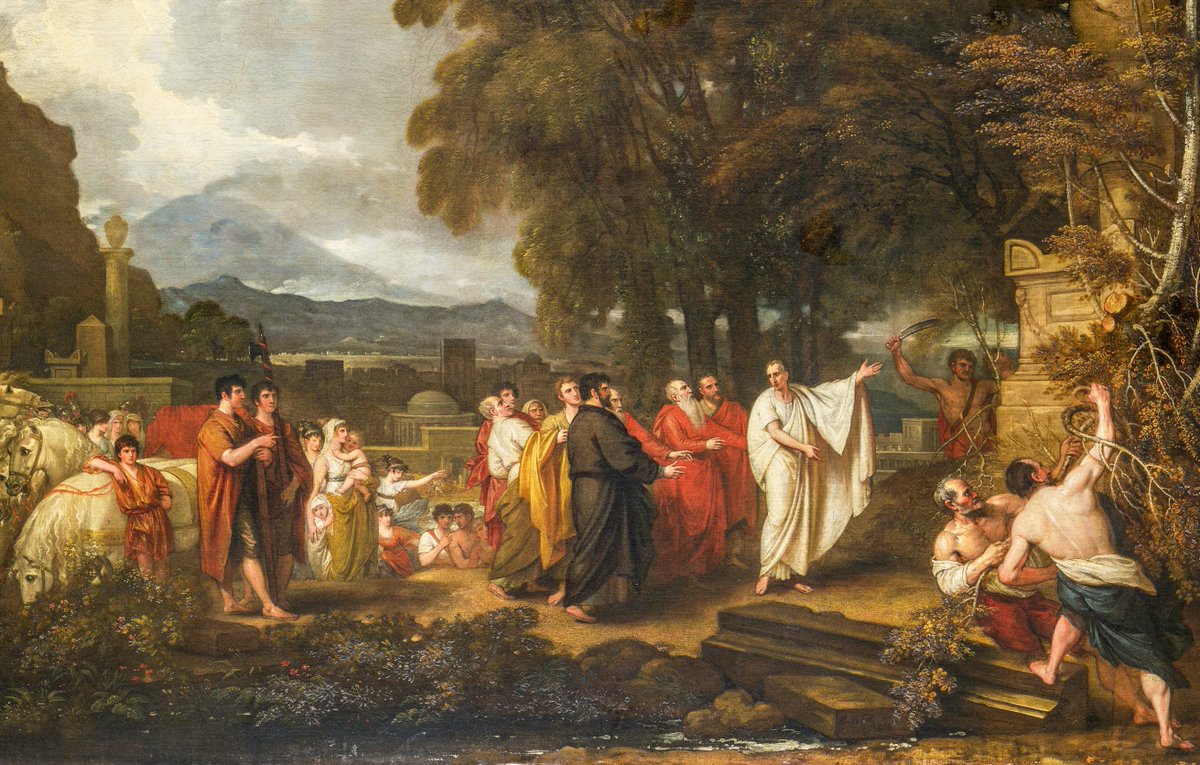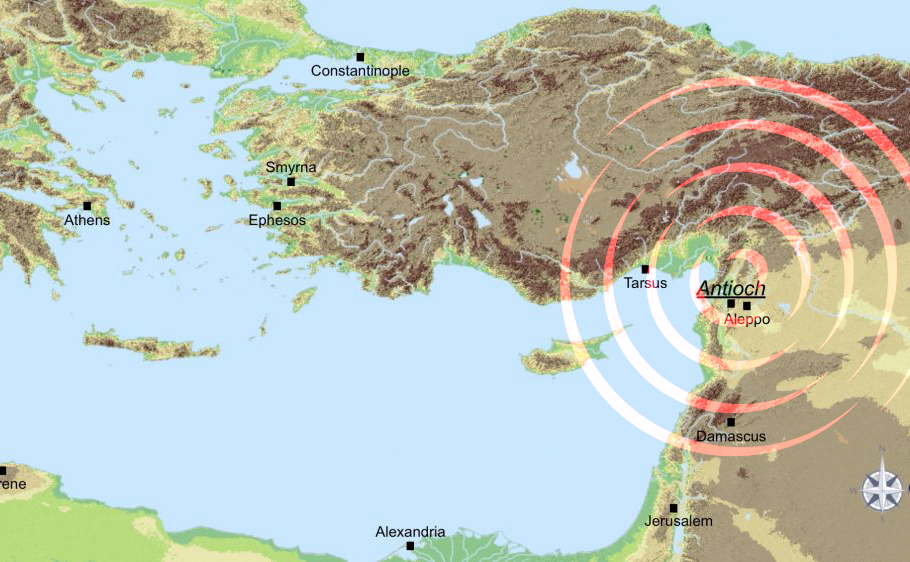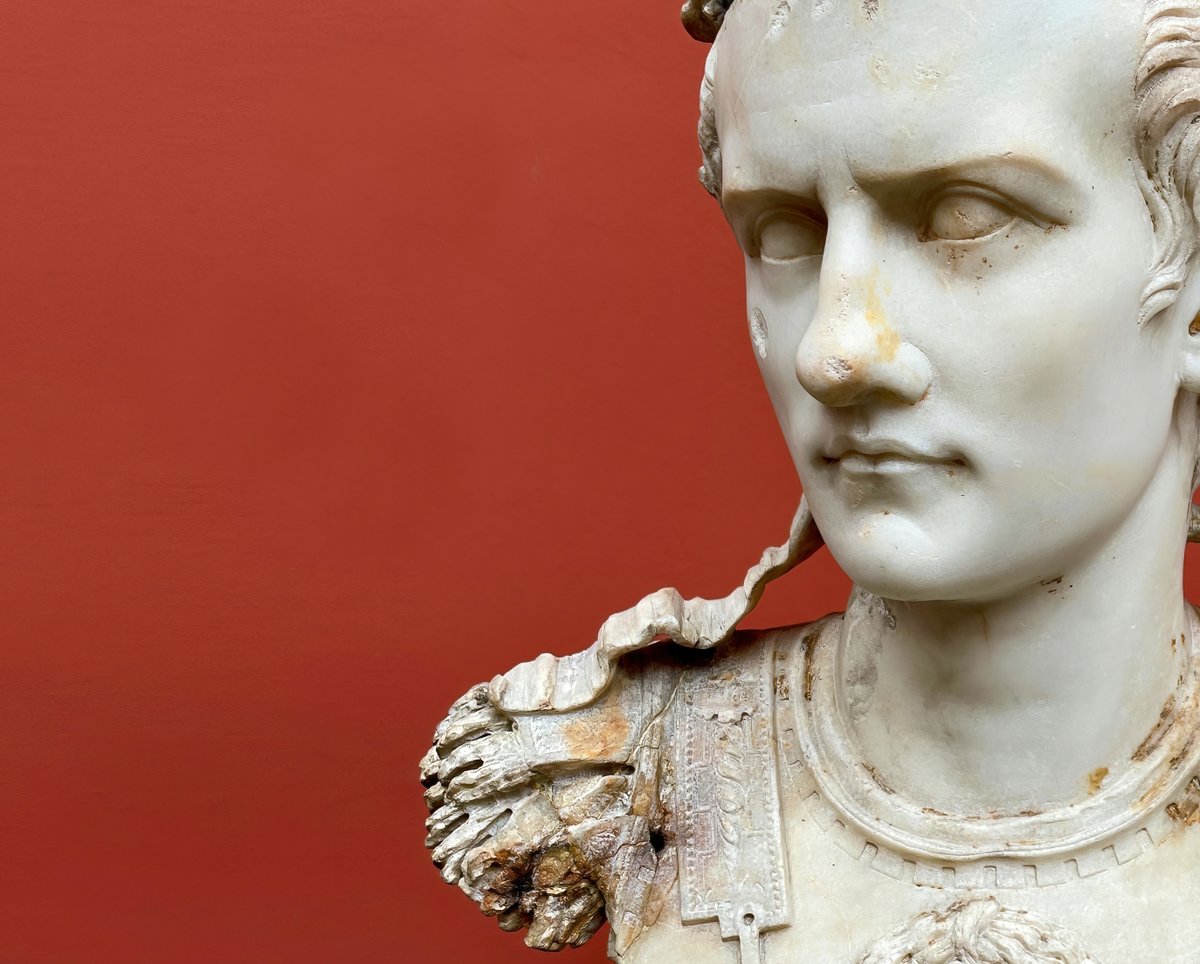While serving as quaestor in Sicily in 75 BC, a 30-year-old Cicero set out to discover the lost tomb of the great mathematician Archimedes:
'During my magistracy I discovered the Syracusans knew nothing of the tomb, and even denied that there was any such thing remaining. I,… https://t.co/YOchCAxbvutwitter.com/i/web/status/1…

'During my magistracy I discovered the Syracusans knew nothing of the tomb, and even denied that there was any such thing remaining. I,… https://t.co/YOchCAxbvutwitter.com/i/web/status/1…

'When I had carefully examined all the monuments - for there are a great many tombs near the Achradina Gate - I observed a column standing out a little above the overgrown shrubs and briars, with the figure of a sphere and a cylinder upon it. Immediately, I called out to the… https://t.co/arljeCShddtwitter.com/i/web/status/1…


'Several men with scythes cleared the way and made an opening for us. When we could get at it, and were come near to the front of the pedestal, I found the inscription, though the latter parts of all the verses were worn almost half away.. 

'So it was that one of the noblest Greek cities, and one that had once been most celebrated for its learning, had known nothing of the monument of its greatest genius - if it had not been discovered for them by me, a native of Arpinum.'
- Cicero (Tusculan Disputations, 5.64)
- Cicero (Tusculan Disputations, 5.64)

• • •
Missing some Tweet in this thread? You can try to
force a refresh

 Read on Twitter
Read on Twitter






















